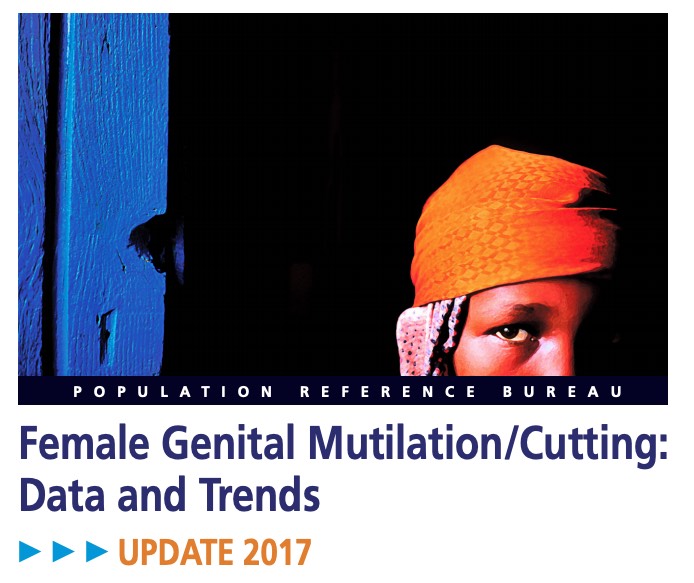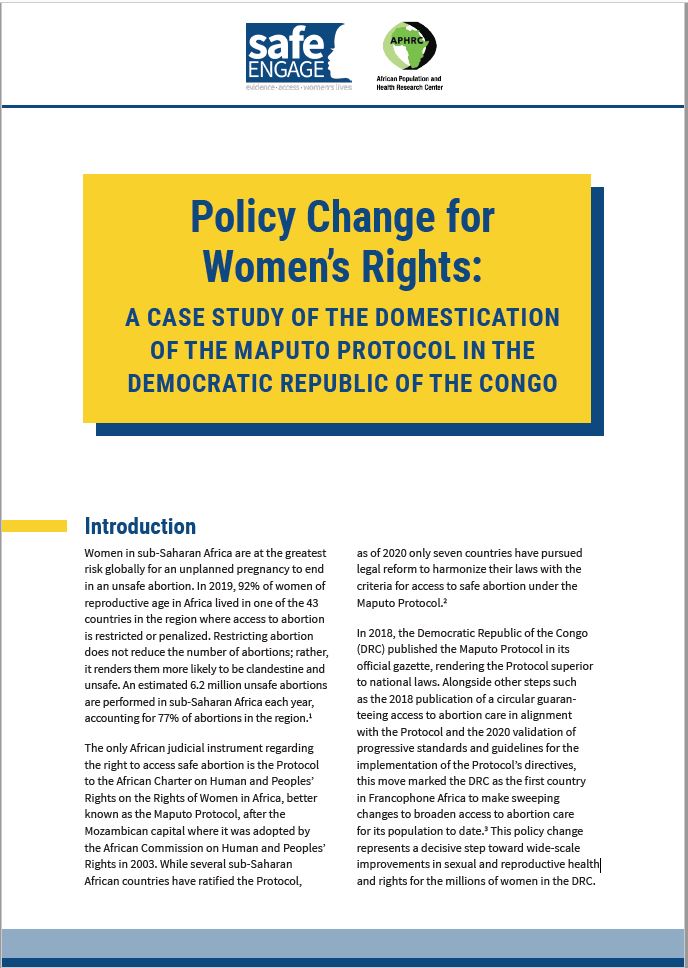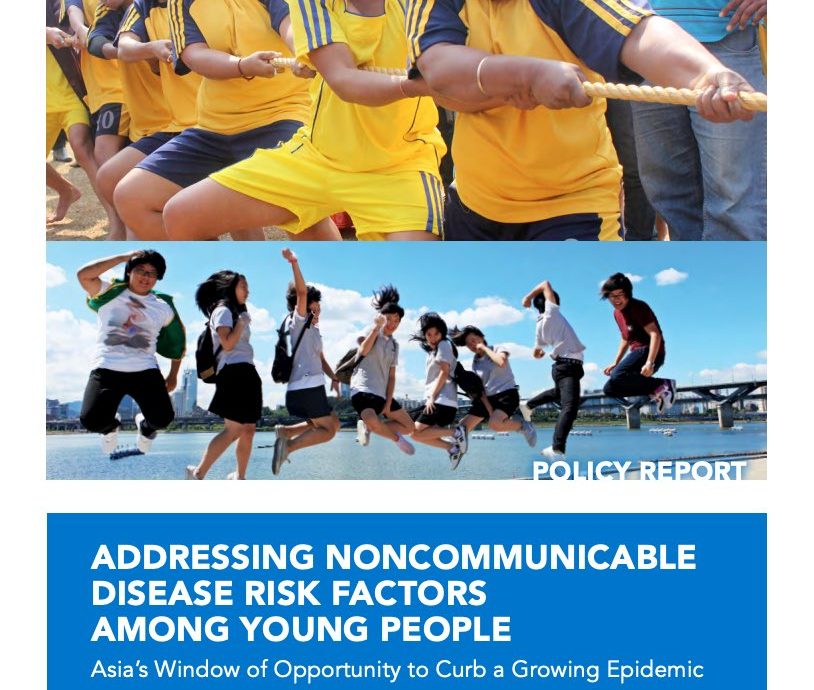U.S. Trends in Heart Disease, Cancer, and Stroke
(2002) Deaths from heart disease have fallen dramatically over the past 50 years in the United States, from over 589 age-adjusted deaths per 100,000 people in 1950 to less than half that number in 2000 (258 per 100,000).





